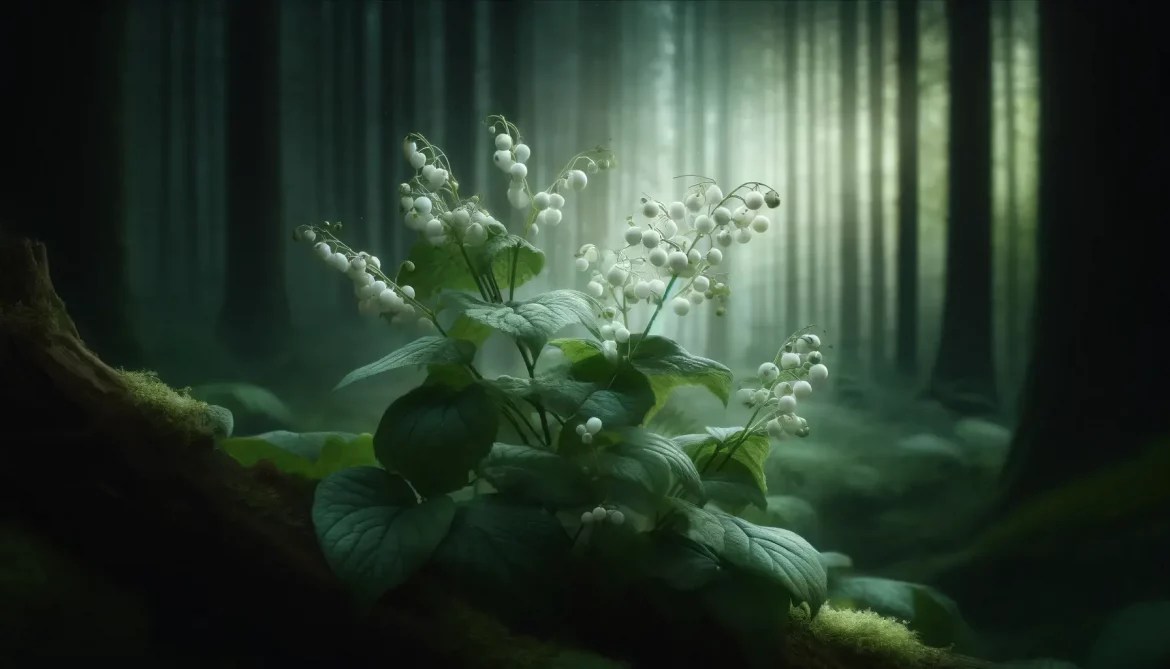White Baneberry: A Woodland Wonder with Caution
Introduction
White baneberry, also known as doll’s eye, is a fascinating woodland plant native to North America and Europe. Its unique appearance and captivating history have made it a popular subject of interest for nature enthusiasts and gardeners alike.
Description and Appearance
White baneberry is a relatively large plant that can reach heights of 12 to 30 inches. Its most distinctive feature is the clusters of small, white berries that appear in midsummer. These berries have black spots, giving them the appearance of miniature dolls’ eyes. The plant also produces clusters of small, white flowers that bloom in late spring and early summer.
Habitat and Growing Conditions
White baneberry is a woodland plant that thrives in moist, rich, well-drained soil and partial shade. It is hardy in USDA plant hardiness zones 3 through 8. The plant can be grown from seed or by dividing existing plants.
Planting and Care
To grow white baneberry, sow seeds in late autumn or start them indoors in late winter. Keep the soil moist until the seeds germinate. White baneberry prefers moist soil, so water regularly, especially during hot, dry weather. A thin layer of mulch can help protect the roots during winter.
Toxicity and Precautions
It is important to note that all parts of the white baneberry plant are toxic. Eating the roots or berries can cause severe mouth and throat pain, as well as dizziness, stomach cramps, diarrhea, headache, and hallucinations. Birds eat the berries without problems, but humans should avoid consuming them.
Medicinal Uses
Despite its toxicity, white baneberry has been used in traditional medicine for centuries. Native Americans used the root to treat a variety of ailments, including headaches, fever, and menstrual cramps. However, it is important to emphasize that white baneberry should only be used under the guidance of a qualified healthcare practitioner.
Folklore and Symbolism
White baneberry has a rich history of folklore and symbolism. In some cultures, it is believed to have protective powers and is used in amulets and charms. In other cultures, it is associated with witchcraft and evil.
Landscaping and Gardening
White baneberry can be a beautiful addition to woodland gardens and naturalized areas. Its unique berries and attractive foliage make it a conversation starter. However, it is important to plant it in a location where it will not be accessible to young children or pets.
Look-Alikes and Caution
There are several plants that resemble white baneberry, including black cohosh and red baneberry. It is important to be able to distinguish between these plants, as some of them are also toxic. If you are unsure about a plant’s identity, it is best to consult with a knowledgeable gardener or botanist.
Conclusion
White baneberry is a fascinating and beautiful woodland plant with a complex history. While it is important to be aware of its toxicity, it can be enjoyed and appreciated from a distance in the natural world or in carefully managed gardens.
